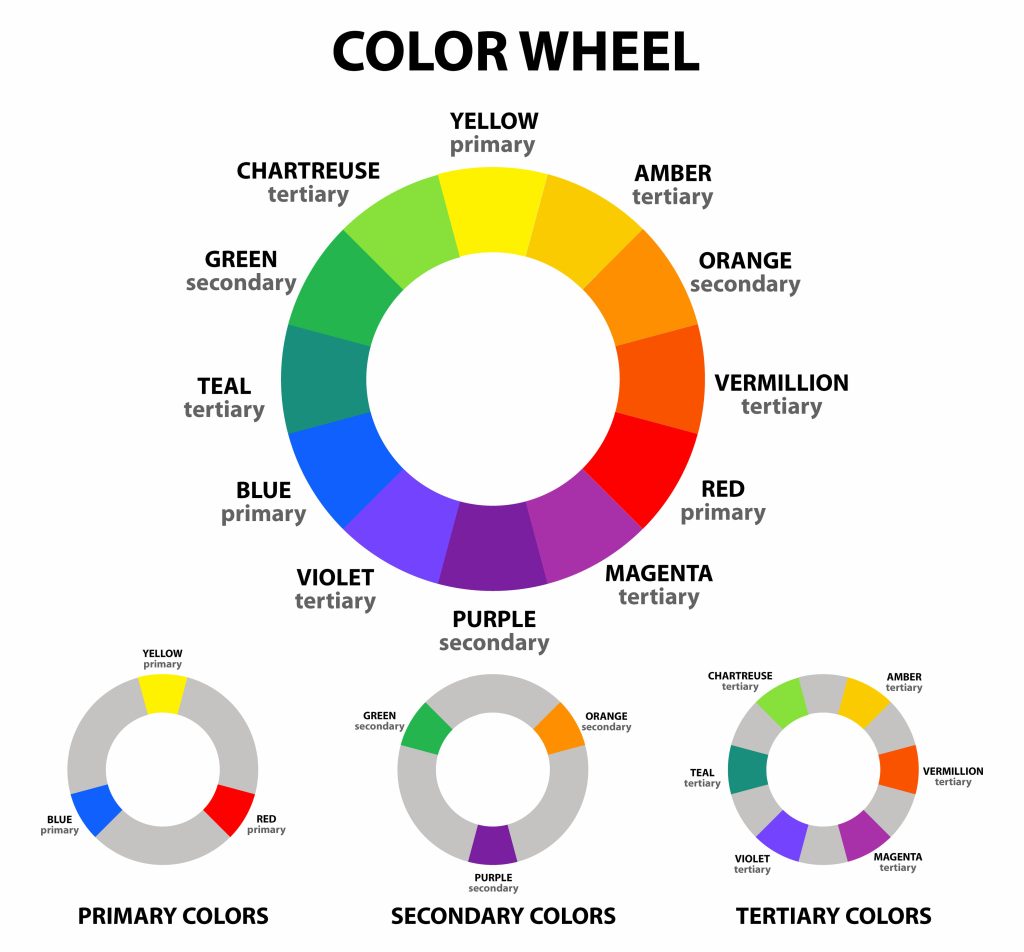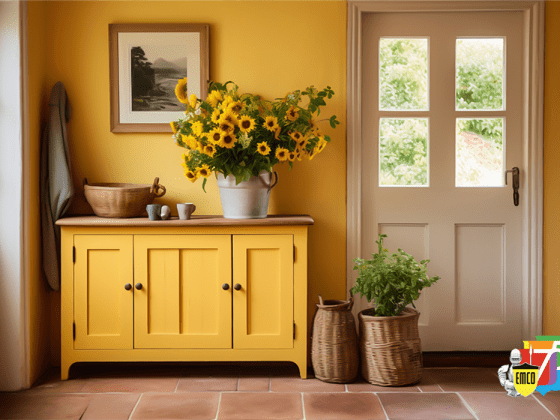House paint colours are more than just a decorative element in your home. In other words, the best house paint colours should highlight your taste, create a warm atmosphere, and give character to each room.
That’s why choosing an interior house paint colour requires careful consideration. Let’s explore how to choose a paint colour that will make the walls of your home more beautiful!
1. Choose the colour that suits the function of the room
Each room in your house has a different purpose and function. For example, the bedroom is a place to relax, while the workspace is a place for productivity. Therefore, it is very important to choose a paint colour that suits the characteristics and purpose of each room.
For example, you can choose calm colours for the bedroom, uplifting colours for the workspace, and cheerful colours for the entertainment room.
2. Choose the Colour According to the Lighting
Indoor lighting also plays a key role in choosing the right paint colour for your home.
If your home gets enough natural light, then lighter paint colours will help reflect the light, making the room look more spacious and lively.
Conversely, if natural light is limited, darker paint colours can create a more cosy and intimate atmosphere, with a hint of brightness.
The facing direction of your home should also be considered. North-facing rooms will receive cooler light. So, darker paint colours can be an option to balance the light.
Meanwhile, south-facing rooms will receive warmer light. So, you can choose brighter colours to maintain the balance.
3. Consider Compatibility with Furniture
When choosing a paint colour, it’s important to think about how it will go with the furniture already in the room.
If your furniture has light colours, paint colours such as beige, white, or other light shades will work well. However, if your furniture is dark in colour, you can choose a cool or contrasting house paint colour.
4. Pay Attention to Your Home Style
The theme and style of your home will also affect the choice of paint colour for your walls. If you’re going for a more traditional look, opt for colours like gold, brown, beige or turquoise.
On the other hand, if you’re going for a modern style, you can opt for bolder colours like fuchsia, peach, black, or even softer pastels.
5. Work on Colour Consistency
Maintaining consistency in your wall colour scheme is key to achieving a balanced and appealing visual effect.
There are many colour options and colour selection tools that can help you choose a colour scheme. However, this doesn’t mean you should choose the same colours throughout the room. Instead, choose colours that complement each other well to create an interesting visual effect.
You can try contrasting colours, experiment with different shades, and even try patterns such as stripes and textured walls. However, always remember that these colours and patterns should have a connection with each other to keep the overall look consistent.
This is easy to do: Make use of the Colour Wheel
With so many colour options, choosing the right one for your home can be a tricky task. However, you can use the colour wheel to narrow down your choices and find a paint colour scheme that suits your needs. The colour wheel will help you understand how colours relate to each other and choose a colour scheme from the following options:

Complementary Colour Schemes
Complementary colour schemes can create a strong visual impact. For example: red and green, blue and orange, and yellow and purple.
Furthermore, these colours also create a dynamic atmosphere that makes the room feel more interesting. However, that’s not all. These colours can increase the natural light in the room and make the room look more spacious.
So, this colour combination gives you the opportunity to experiment with your home decor while maintaining balance and harmony.
Analogue Colour Schemes
Analogue colour schemes, such as blue, green and teal are located next to each other in the colour wheel. This set of colours provides a subtle contrast to your space so you’ll get a whole look.
Analogue colours also help to create a calming and relaxing atmosphere. Moreover, you can even mix analogue colours together to create a soft, muted look.
Monochromatic Colour Scheme
Monochromatic colour schemes are based on a single colour made with different shades, brightness levels, and tones. These shades are always classic and timeless and create a uniform look. So, if you don’t like too many colours, monochromatic shades are the perfect idea.
Choosing the Perfect House Colour
Choosing the best house paint colour cannot be separated from the quality of the paint. Therefore, choose only a good brand of house paint, EMCO LUX. With EMCO LUX, you can choose a variety of colours to beautify wooden parts such as frames and furniture of your home.
Click the following link to see products from PT. Mataram Paint – Products
Don’t miss out on the latest home décor inspiration on our Pinterest page – click the link now to discover more!
EMCO, Transforming the Ordinary into the Extraordinary.
Read More!
Difference between Thinner A vs Thinner B: Which one should you choose?




